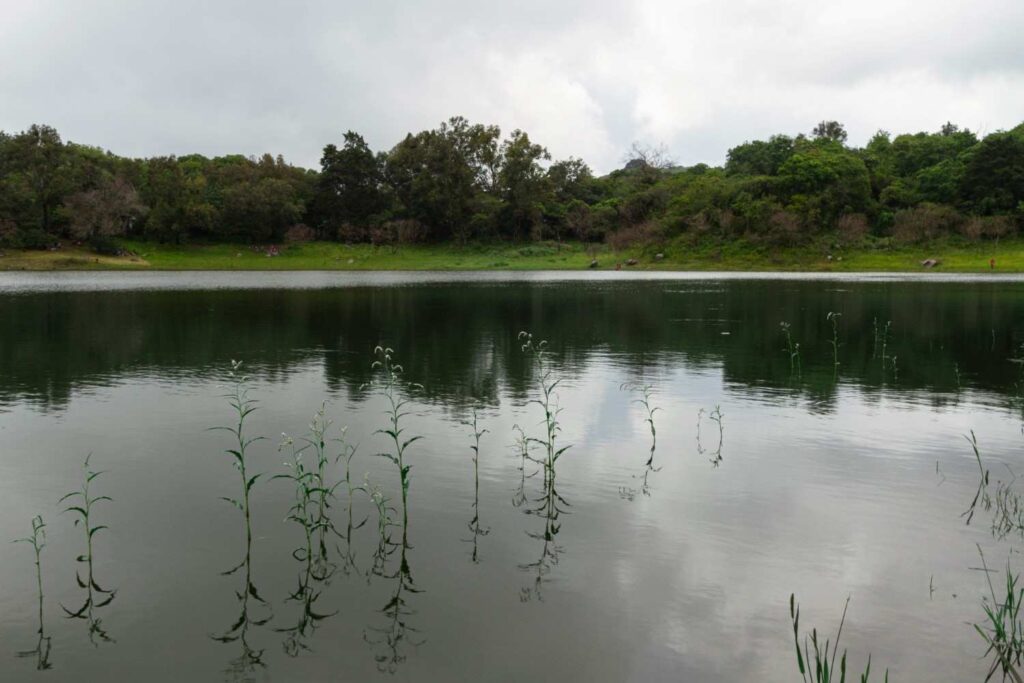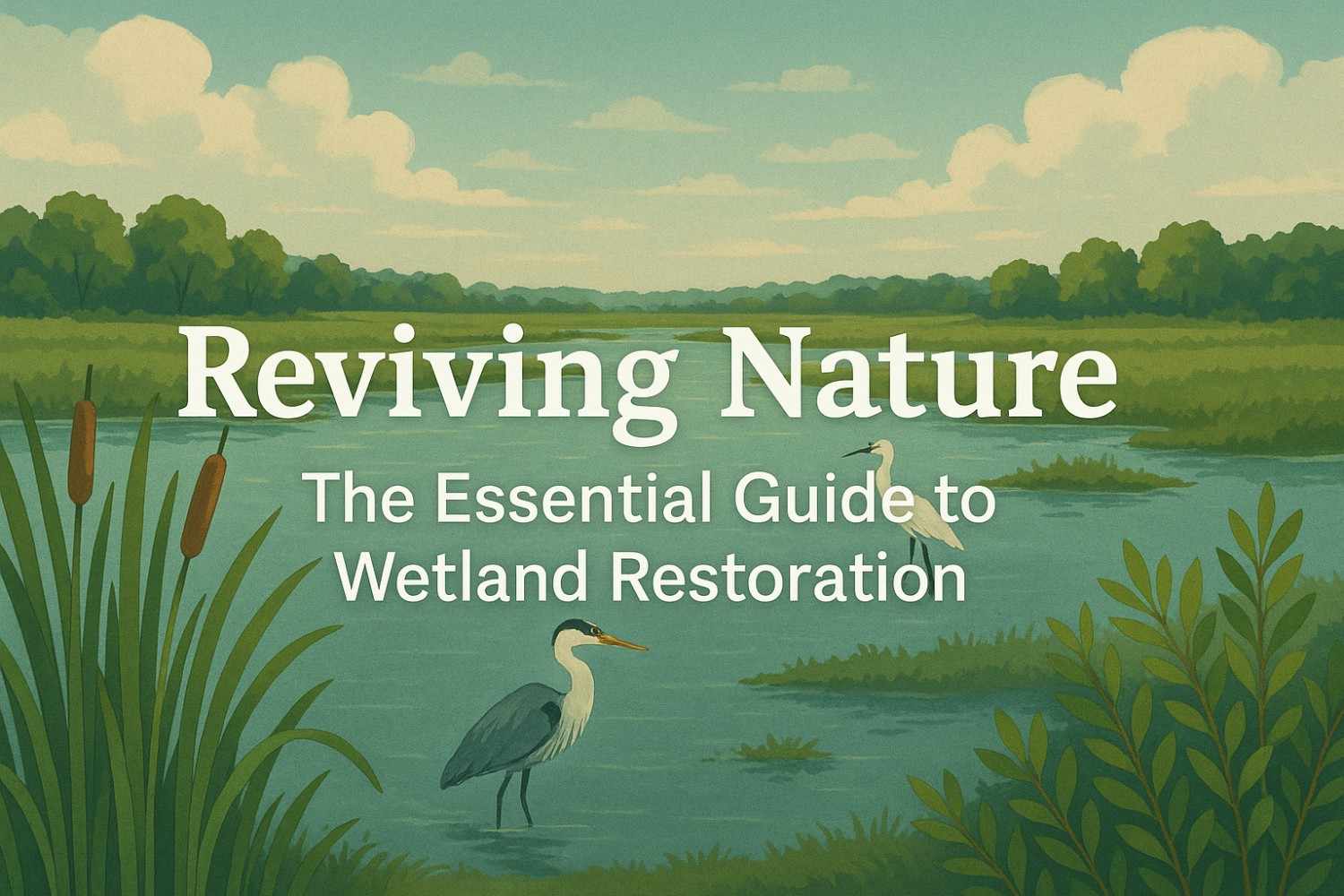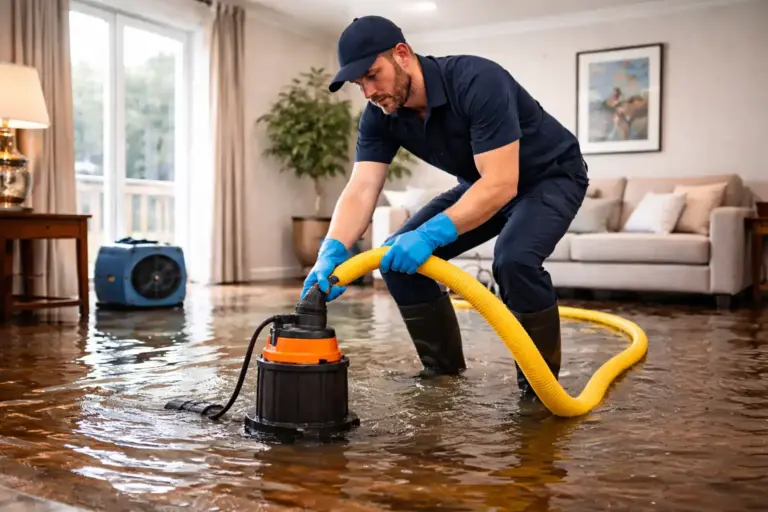Wetlands are among the most productive ecosystems on Earth, providing a haven for wildlife, filtering water, and buffering communities against floods. Yet, despite their vital role, wetlands have faced significant degradation over the past century due to urban development, agriculture, and pollution. Restoring these natural landscapes is not just an environmental responsibility—it’s a crucial step toward a healthier planet.
Understanding Wetland Restoration
Wetland restoration involves returning a degraded or lost wetland to its natural state. This process can vary widely depending on the wetland type, its location, and the degree of degradation. Some restoration projects focus on reestablishing native vegetation, while others involve improving water flow or removing invasive species. The ultimate goal is to recreate the ecological functions that make wetlands indispensable to both wildlife and humans.
Restoration efforts are not just about aesthetics. Healthy wetlands serve as natural water filters, removing pollutants such as excess nutrients, sediments, and heavy metals from water before it reaches rivers, lakes, or aquifers. They also act as carbon sinks, capturing carbon dioxide from the atmosphere and mitigating the effects of climate change. Moreover, wetlands provide crucial habitats for countless species, from migratory birds and amphibians to fish and invertebrates, making restoration vital for biodiversity conservation.
Key Steps in Wetland Restoration

Assessment and Planning
Before any restoration can begin, a thorough assessment of the site is essential. This includes analyzing soil composition, hydrology, and existing vegetation. Consulting with a wetland consultant can provide expert guidance in identifying priority areas, understanding legal requirements, and selecting appropriate restoration techniques. Planning also involves setting clear goals for the project, whether that’s improving water quality, enhancing wildlife habitat, or increasing flood resilience.
Hydrological Restoration
Water is the lifeblood of wetlands. Restoring the natural water flow is often the first major step. This can involve removing artificial drainage systems, redirecting water to mimic natural patterns, or constructing channels and ponds to improve water retention. Hydrological restoration ensures that plants and animals adapted to wetland conditions can thrive again.
Vegetation Management
Native plants are critical for a functioning wetland. They stabilize soil, provide habitat for wildlife, and help filter pollutants. Restoration projects often involve removing invasive species that compete with native flora and replanting native species suited to the local environment. Planting strategies may include seeding, transplanting mature plants, or encouraging natural regeneration.
Wildlife Support
Restored wetlands become thriving ecosystems when wildlife returns. Creating suitable habitats, such as nesting areas for birds or shallow pools for amphibians, encourages the reestablishment of local species. Monitoring wildlife populations over time helps track the success of restoration efforts and informs future management decisions.
Long-Term Management
Wetland restoration is not a one-time project; it requires ongoing care. This may include controlling invasive species, maintaining hydrological structures, and monitoring water quality. Long-term management ensures that the restored wetland remains resilient in the face of climate change and human pressures.
Community Involvement and Benefits
Engaging local communities in wetland restoration projects amplifies their impact. Volunteer programs, educational initiatives, and public awareness campaigns foster a sense of stewardship, encouraging people to protect these vital ecosystems. Restored wetlands can also offer recreational opportunities, such as birdwatching, hiking, and photography, connecting people with nature and promoting environmental appreciation.
Beyond environmental benefits, wetland restoration provides tangible economic advantages. Healthy wetlands reduce flood risks, protect water resources, and support fisheries and tourism. By investing in restoration, communities gain resilience, biodiversity, and long-term ecological value.

In Conclusion
Reviving wetlands is a powerful way to restore balance between human activity and nature. By carefully assessing sites, restoring water flow, managing vegetation, supporting wildlife, and committing to long-term management, we can bring these ecosystems back to life. Consulting with experts, including wetland consultants, ensures that projects are both effective and sustainable.
Ultimately, wetland restoration is more than an environmental project—it is an investment in the future. By restoring wetlands, we protect wildlife, enhance water quality, mitigate climate change, and create vibrant landscapes that benefit both people and nature. Every restored wetland is a step toward a healthier, more resilient planet.






